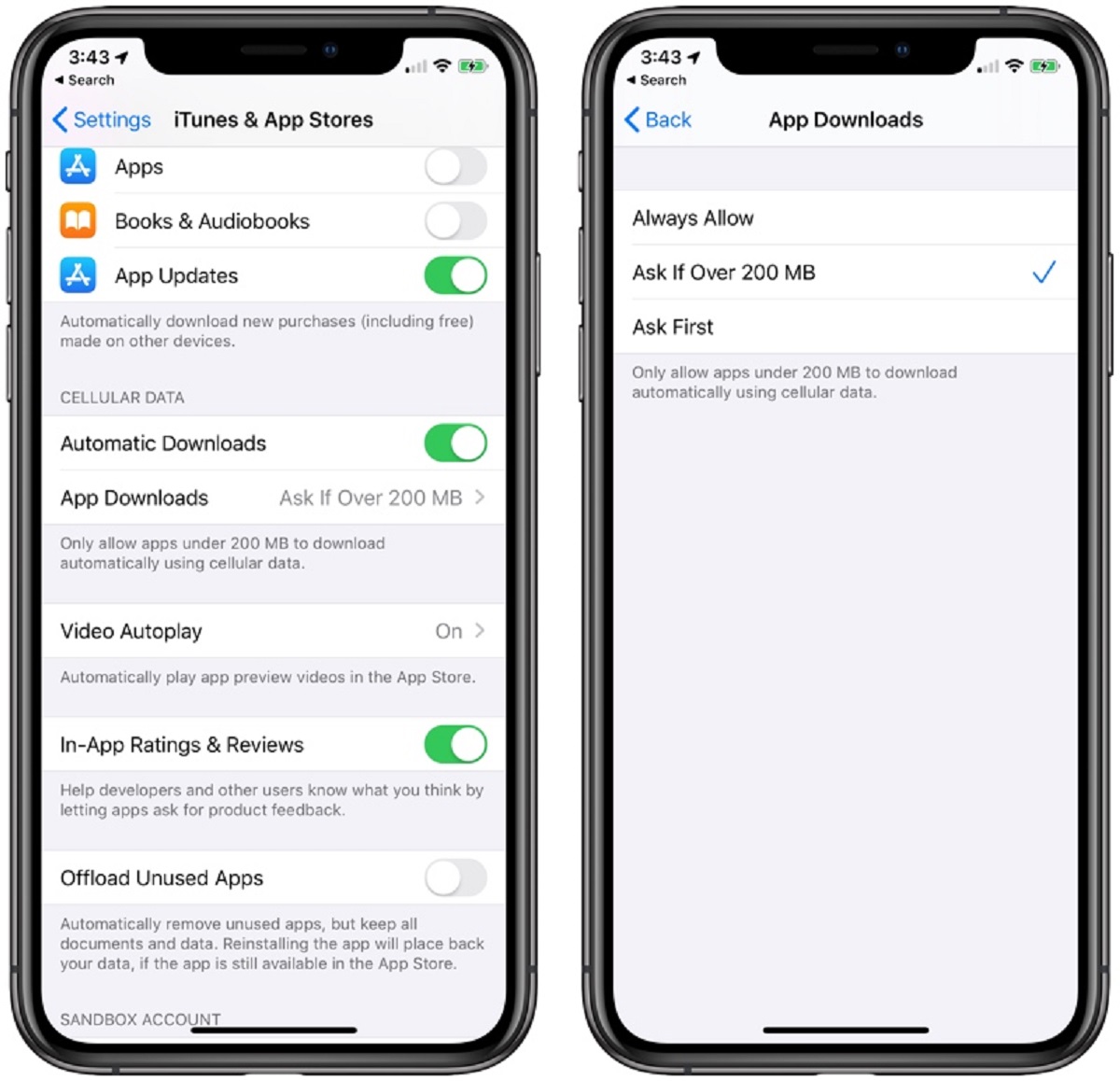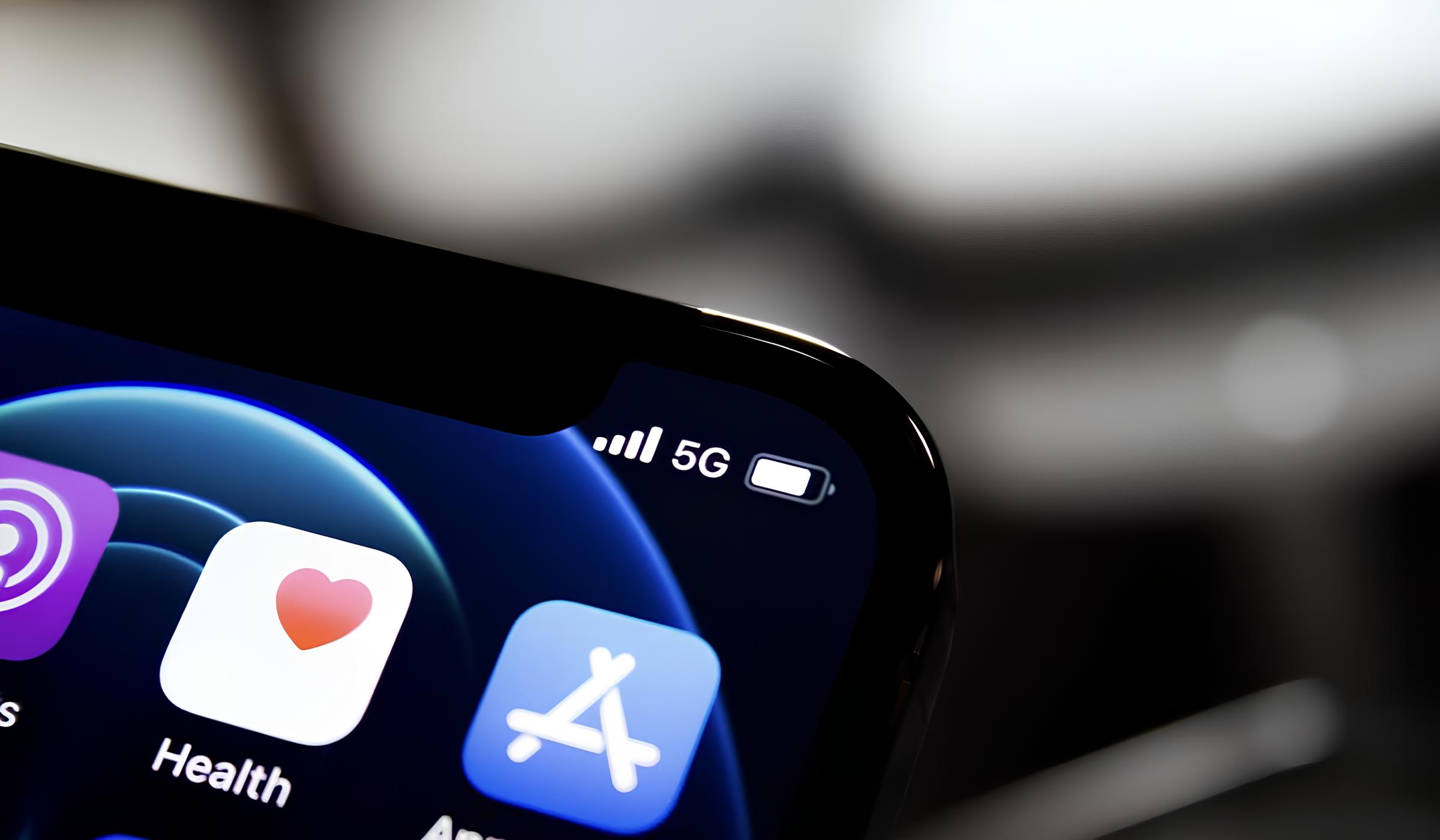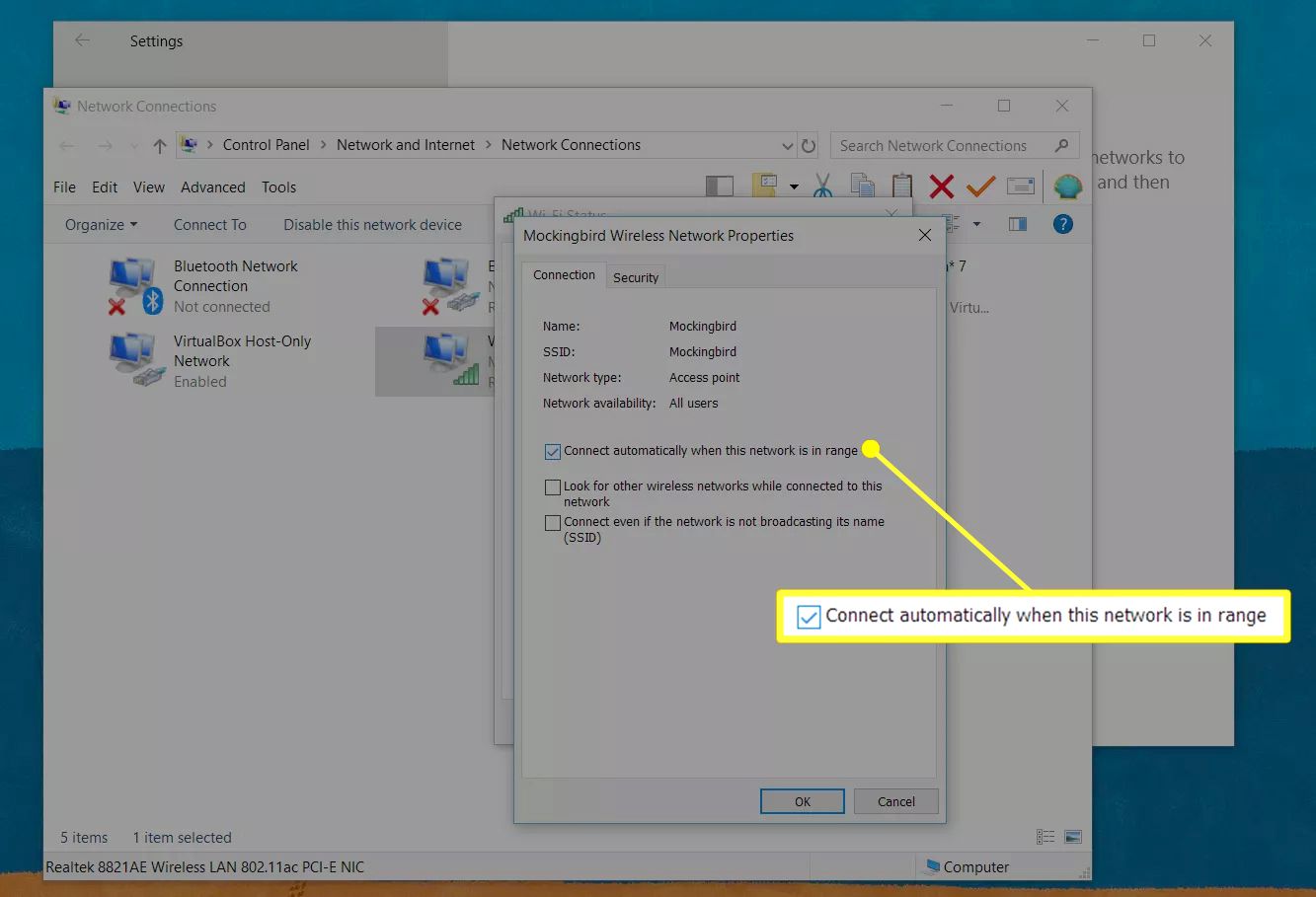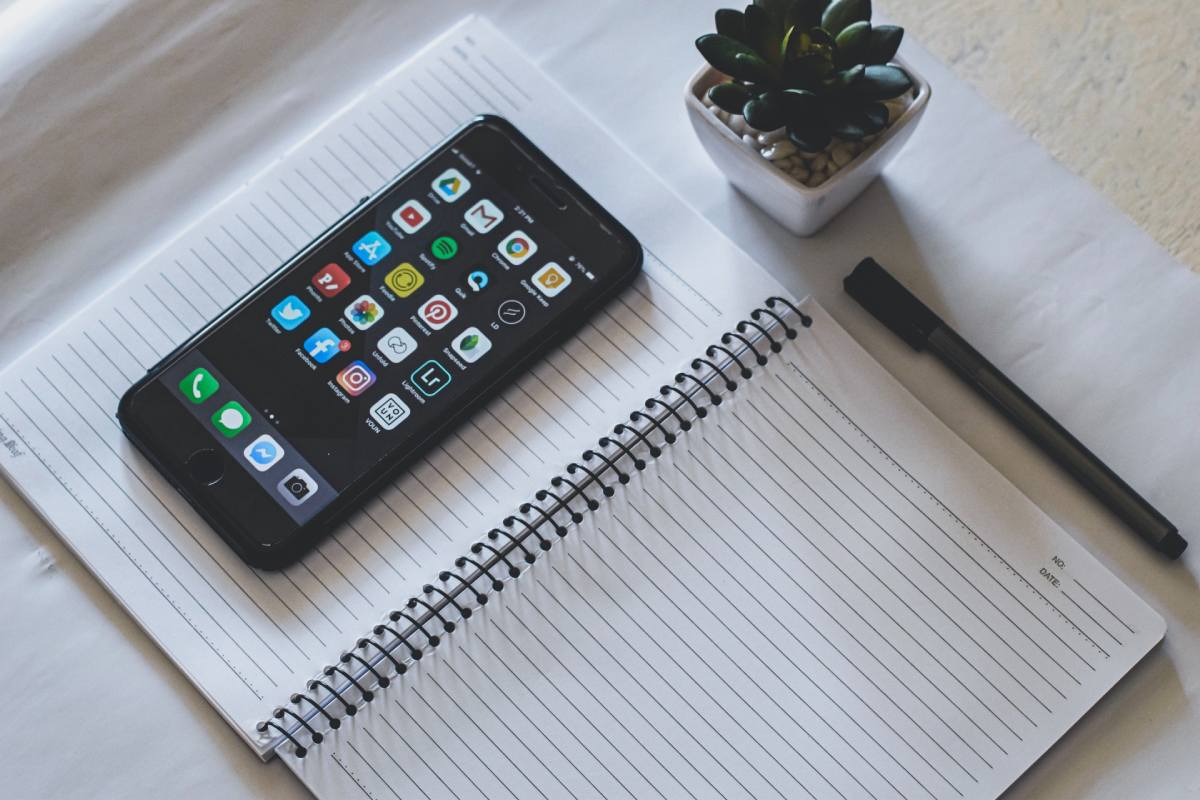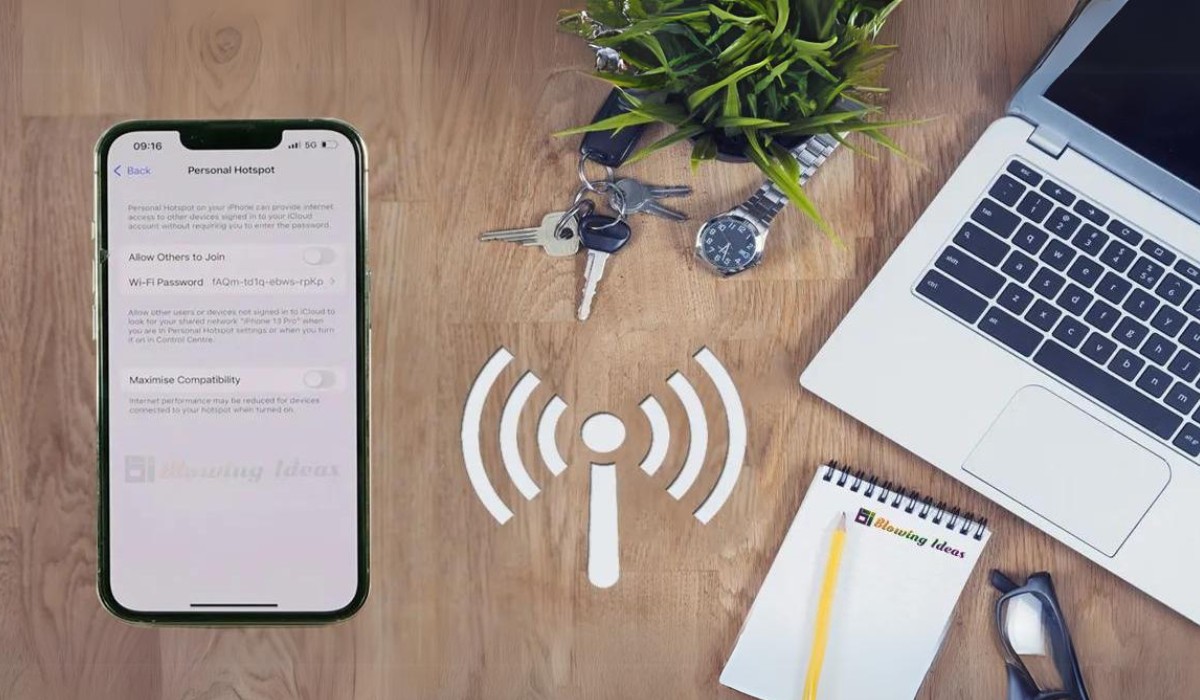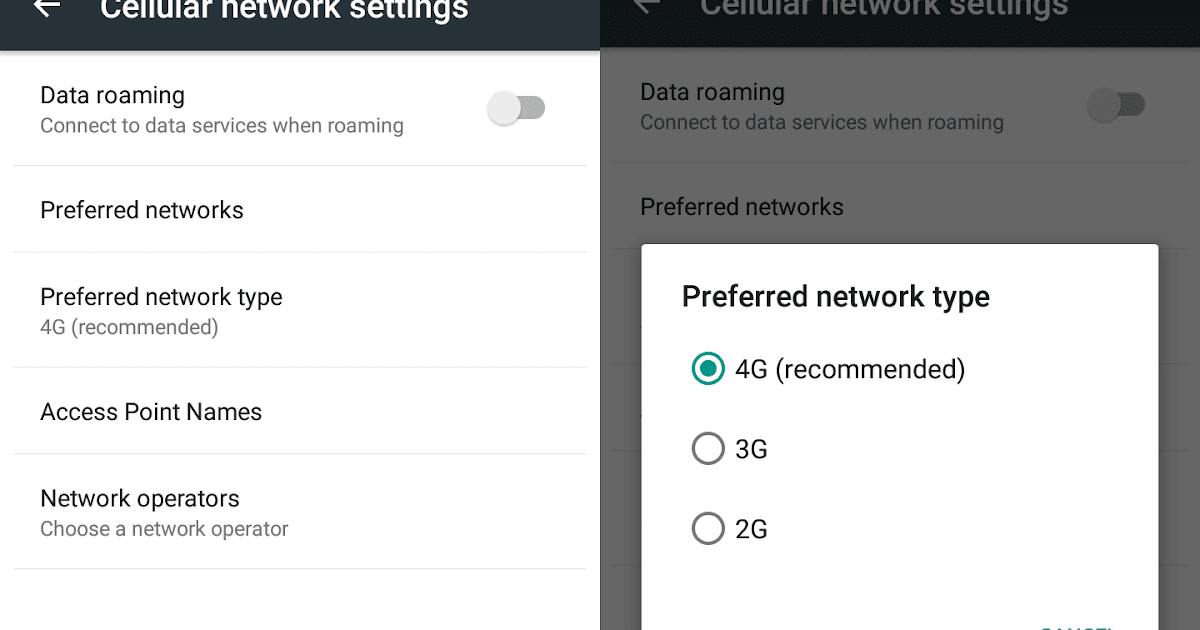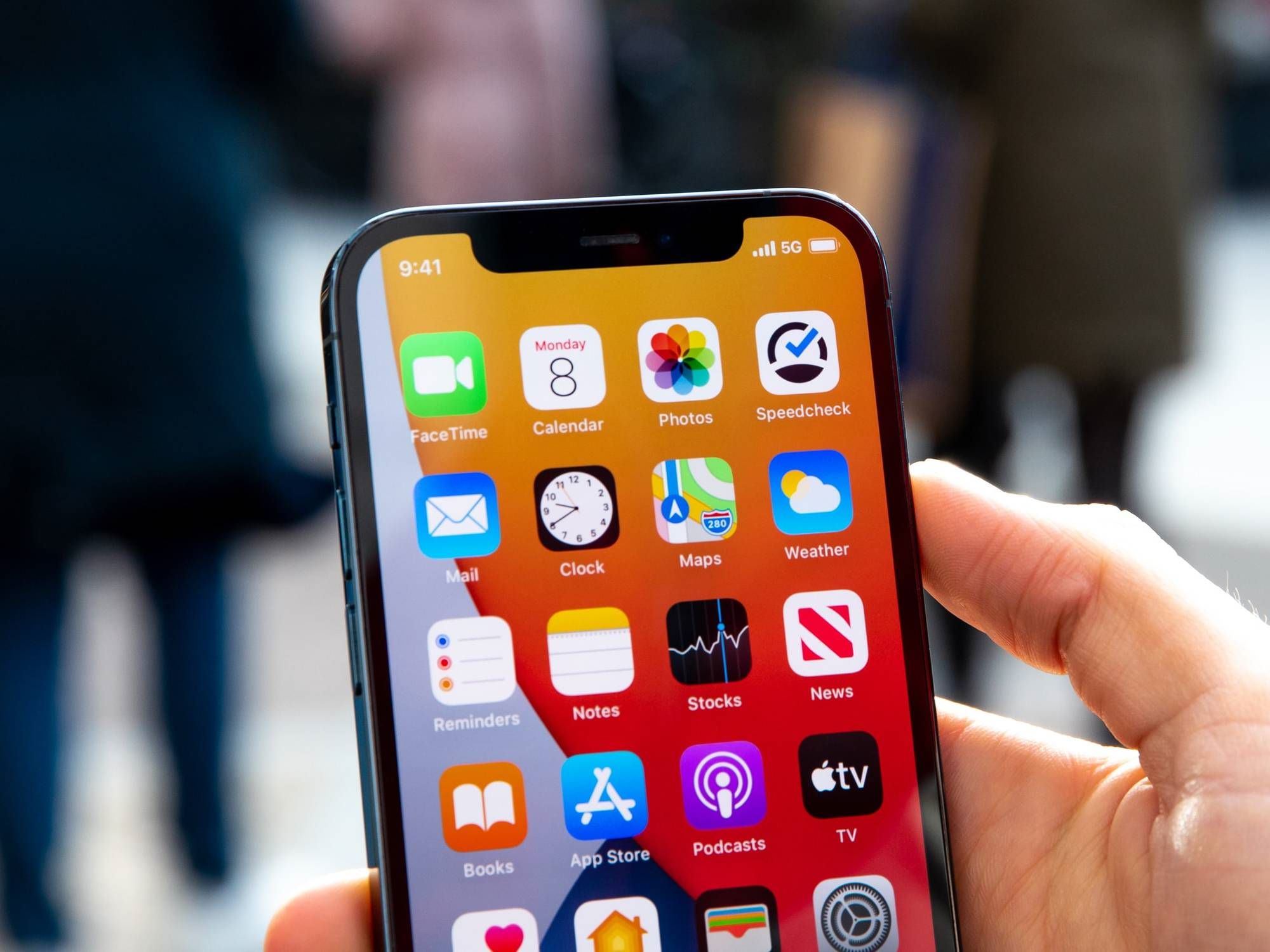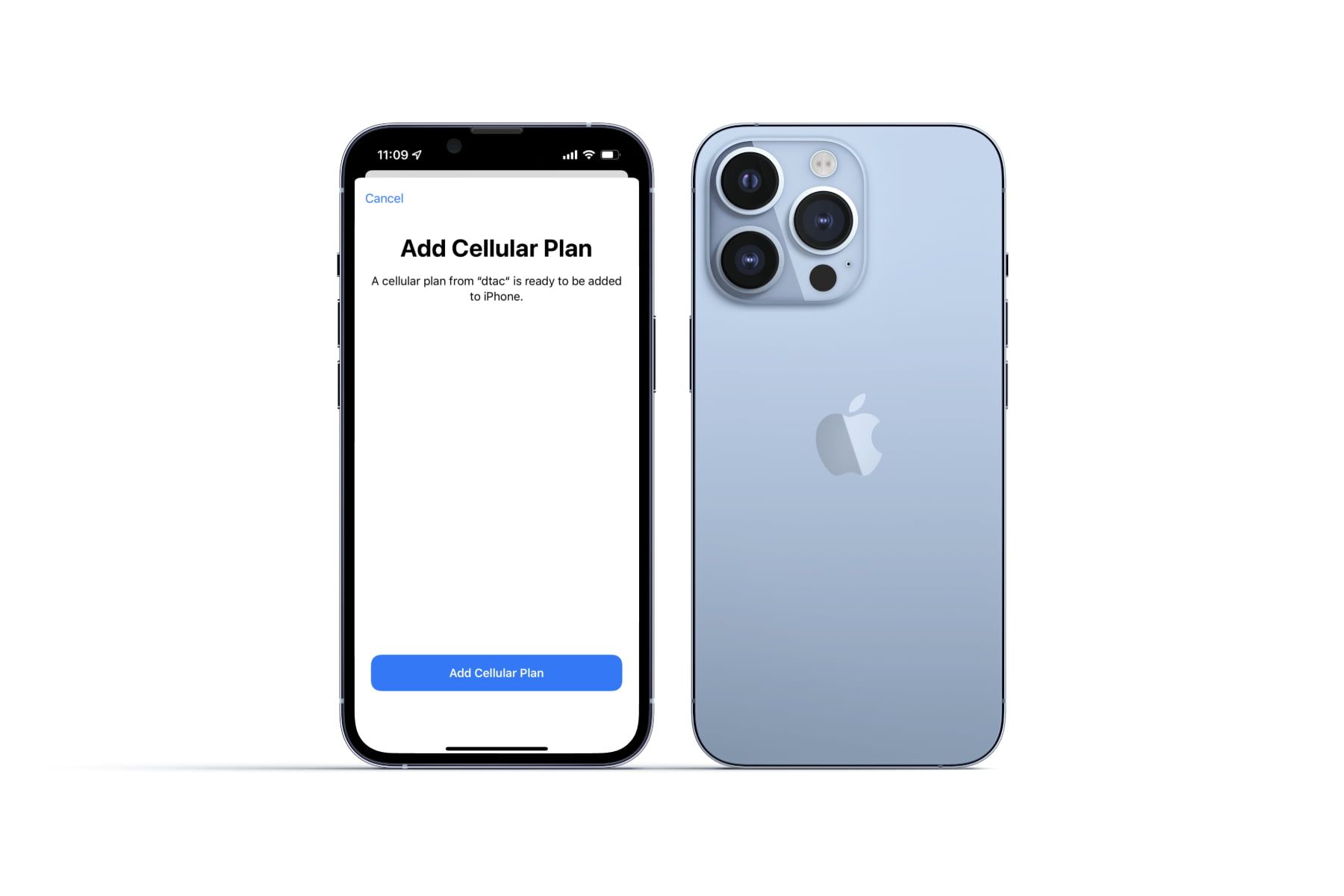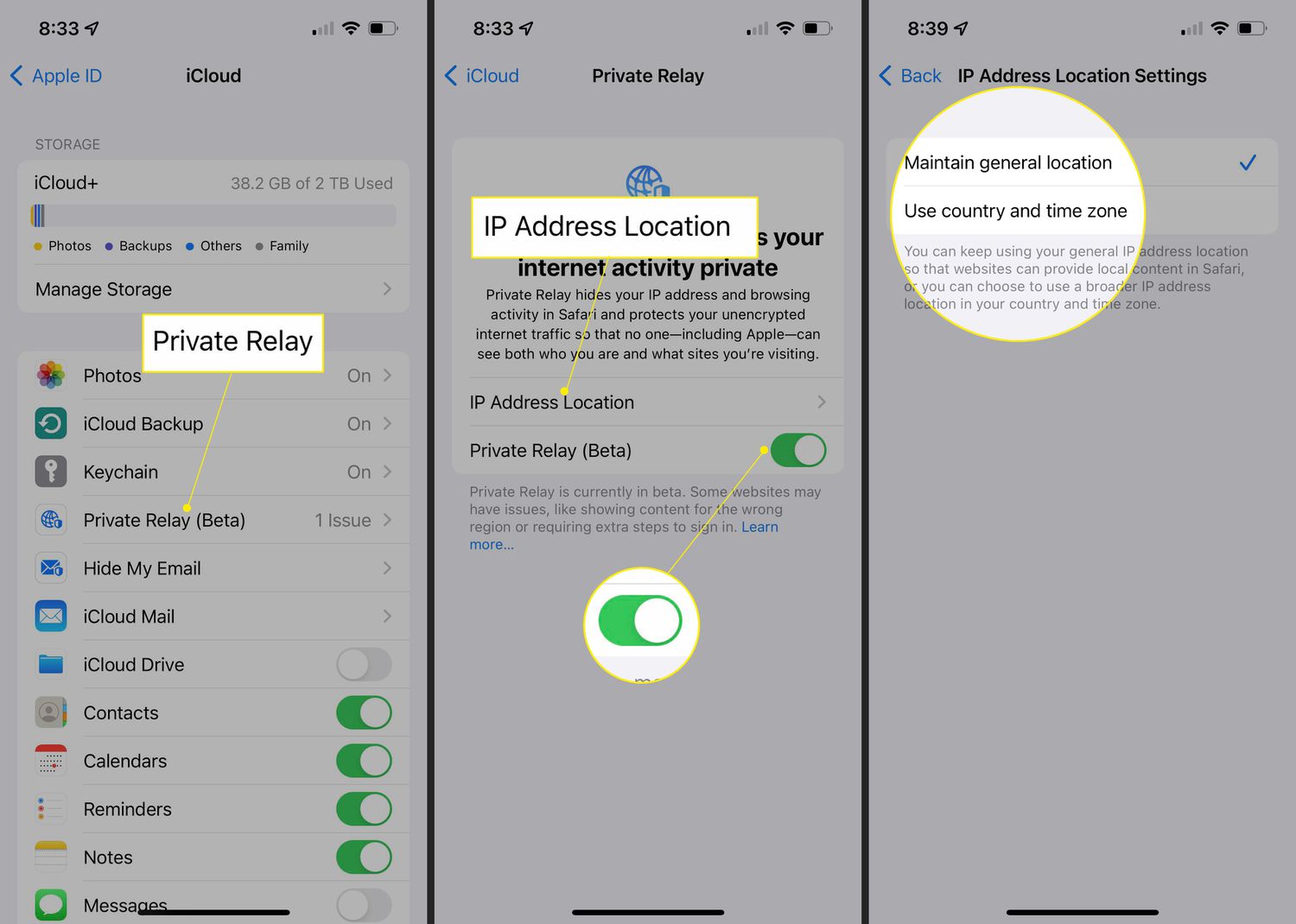Introduction
Mobile devices have become an integral part of our daily lives, providing us with the convenience of accessing a world of information at our fingertips. One of the many features that make smartphones so versatile is the ability to download various files, such as apps, documents, and media, directly to our devices. By default, most smartphones are set to download files over Wi-Fi connections to ensure a stable and fast internet connection. However, there may be instances when you want to change the download settings from Wi-Fi to mobile data on your iPhone.
Whether you’re on the go and need to download something urgently or simply want to have more control over your download preferences, switching to mobile data for downloads can come in handy. But how exactly can you change these settings on your iPhone? In this guide, we’ll walk you through the step-by-step process of changing the download settings from Wi-Fi to mobile data on your iPhone.
Before we dive into the specifics, it’s important to note that changing the download settings to mobile data may result in higher data consumption, which could impact your mobile plan. Therefore, it’s crucial to ensure that you have a sufficient mobile data allowance or consider connecting to a secure and reliable Wi-Fi network whenever possible to avoid excessive data charges.
Stay tuned as we explore the simple steps required to modify your iPhone’s download settings, empowering you to download files even when you’re not connected to Wi-Fi.
Understanding Download Settings
Before we proceed with changing the download settings on your iPhone, it’s important to understand how these settings work and what implications they may have on your device’s performance and data usage.
By default, iOS devices are set to download files using Wi-Fi connections. This is done to ensure a stable and reliable internet connection, particularly for larger files or apps that require more bandwidth. Downloading over Wi-Fi also helps users avoid excessive data charges that may be incurred when downloading large files using mobile data. However, there may be certain situations where you want to override this default setting and allow downloads over mobile data.
It’s worth noting that changing the download settings to mobile data means that your iPhone will use your cellular data plan to download files, regardless of whether you’re on a 3G, 4G, or 5G network. Therefore, it’s crucial to be aware of your data plan’s limitations, as downloading files over mobile data can quickly consume your allocated data and potentially incur additional charges if you exceed your plan’s limits.
Another aspect to consider is the impact on battery life. Downloading files over mobile data consumes more battery power compared to downloading over Wi-Fi. This is because the cellular network typically requires a stronger signal and uses more power to maintain data transfer. If you’re planning to download large files or multiple files over mobile data, ensure that your device is charged or connected to a power source to avoid draining the battery too quickly.
Now that you have a basic understanding of how download settings work and the potential implications, let’s move on to the step-by-step guide on changing these settings on your iPhone.
Step-by-Step Guide: Changing Download Settings from Wi-Fi to Mobile Data on iPhone
If you’re ready to take control of your download settings and enable downloads over mobile data on your iPhone, follow these simple steps:
- Open the “Settings” app on your iPhone. You can easily locate this app on your home screen by looking for the icon that resembles a set of gears.
- Scroll down and tap on the “Cellular” or “Mobile Data” option. This will open the cellular settings for your device.
- In the cellular settings, you’ll see a list of apps that are allowed to use your mobile data. Scroll down until you find the app or apps for which you want to enable downloads over mobile data.
- Toggle the switch next to the desired app to enable downloads over mobile data. This will allow the app to use your cellular data for downloading files when Wi-Fi is not available.
- Repeat this process for any other apps for which you want to enable downloads over mobile data.
- Once you have made the necessary changes, exit the settings app. Your download settings will now be updated, and the selected apps will be able to download files using mobile data.
It’s important to note that not all apps have the option to enable downloads over mobile data. Some apps may have their own specific settings within the app that need to be adjusted to allow downloads over mobile data. In such cases, you may need to explore the app’s settings or consult the app’s documentation for further instructions.
Additionally, it’s a good practice to periodically check your download settings to ensure they align with your preferences. If you no longer wish to allow downloads over mobile data for a specific app, simply toggle the switch off in the cellular settings.
Now that you know how to change the download settings from Wi-Fi to mobile data on your iPhone, you can take advantage of this feature whenever you need to download files on the go or when Wi-Fi connections are not available.
Conclusion
In today’s fast-paced world, having the ability to download files using mobile data on your iPhone can be incredibly useful. Whether you’re away from Wi-Fi or simply want to take advantage of the convenience of mobile data, changing your download settings can provide you with greater flexibility and control over your device.
In this guide, we explored the step-by-step process of changing the download settings from Wi-Fi to mobile data on your iPhone. By following the simple instructions outlined in this guide, you can enable downloads over mobile data for specific apps, allowing you to download files even when you are not connected to Wi-Fi.
However, it is crucial to be mindful of your data plan’s limitations when changing the download settings to mobile data. Downloading large files or using data-intensive apps over mobile data can quickly consume your allotted data and potentially result in additional charges. Therefore, it is essential to monitor your data usage and consider connecting to Wi-Fi networks whenever possible to minimize the impact on your data plan.
Remember, changing the download settings from Wi-Fi to mobile data can be advantageous in certain situations, but it’s always important to weigh the benefits against potential data usage and battery life implications. By understanding your device’s download settings and making informed decisions, you can optimize your iPhone’s performance while staying in control of your data usage.
Now that you have learned how to change the download settings on your iPhone, go ahead and customize it to suit your preferences. Enjoy the convenience of downloading files on the go and make the most of your mobile data capabilities!







